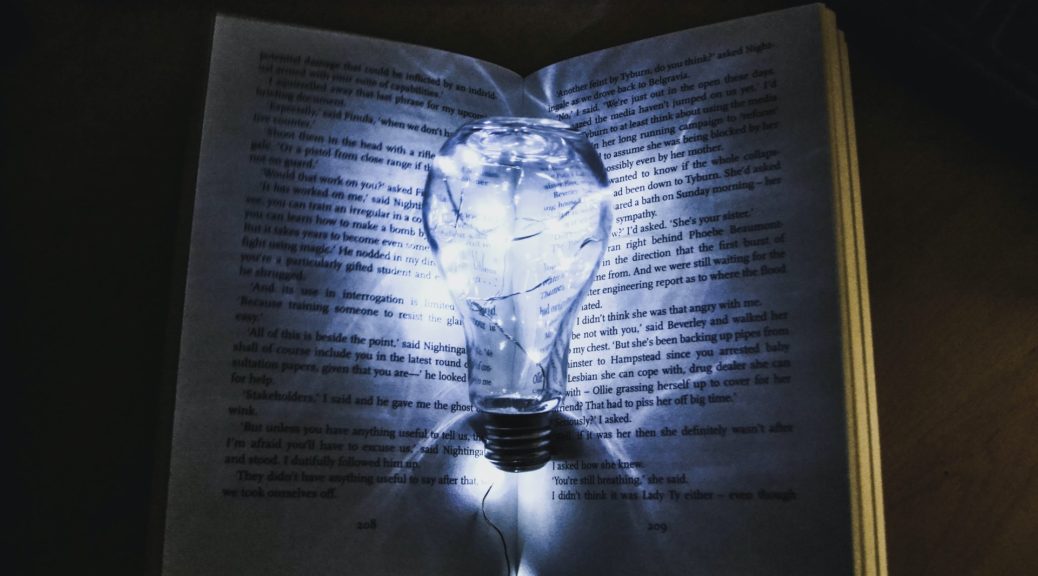I love reading, but I don’t have time to “just read” so I tend to consume a lot of written material in “audio” format. This allows me to “read” while I do other things, like walking, driving, cleaning, and cutting the lawn. I “read” a lot of audio books, and follow a short list of podcasts. For the past year or so, I’ve also been experimenting with the latest in neural text-to-speech systems like Amazon Polly for converting blog posts into audio format so that I can listen to them during my walks. The results are surprisingly good. In many cases, I actually prefer the “machine” narration to a human narration. The voice is natural-sounding and consistent.
My favourite type of book (or blog post) is one that tells a true story, especially stories that intersect my personal lived experience. E.g. Stories about the birth of technologies that I use or remember. Insider accounts behind the scenes of movies or TV shows that I have watched. Memoirs of people who experienced certain events that remember living through. The more I “read”, the more specific my “tastes” become. You might say I’ve become more demanding of writers.
One of the most important qualities that I look for in writing is the ability to “take me there”. Books that give a mere account of what happened are barely better than reading a wikipedia article. I want a story to transport me into the time and place in which the described events occurred. I want to feel like a fly on the wall, so that I can imagine what it was like to be living in the story. Memoirs and personal anecdotes have a natural advantage for achieving this level of intimacy because the default is to see the events through the story-teller’s eyes. However, it is still possible to miss the target by focusing too much on sequence of events, and not enough on setting the scene and conveying how it felt to be there.
“The map is not the territory” is a well-known mental model that provides an analogy of what I’m looking for in a story. One way to explain this model is to consider that a map of Paris is not Paris. It is only a map the shows you where things are located from a birds-eye view. It doesn’t provide you with any information about what it feels like to walk the streets of Paris, or experience any of the historical landmarks. When I read a story, I want it to provide me with the territory. I can get the map off of Wikipedia or other reference sources.
My first exposure to this sort of story-telling was Console Wars by Blake J. Harris. It tells the story of the early nineties’ battles between Sega and Nintendo using a technique called as “Scene-based storytelling”. I had never experienced anything quite like it. It felt almost like I was living through a movie, as each bit of history was told through a scene. I don’t know how he was able to put together such a vivid picture the characters and conversations, but however he accomplished it, the end result was magic.
I immediately read his follow-up book History of the Future which uses the same technique to similarly vivid results.
These two books raised the bar for me, and I still have not found anything that quite “takes me there” like they do. I’m always looking, so any recommendations are appreciated.
More recently I’ve started “reading” the Mad Ned Memo, that includes stories from the computer/software industry by a 40-year veteran. His posts are always insightful, and usually combine a theme or timeless truth with some entertaining anecdotes. Not only do his stories “take me there”, they also take me back to my own parallel experiences in my early days of software development. I really wish I could find more content like this.
If you have done any type of software development, or participated in the development of long forgotten projects, I’d love to read about your experiences.
Photo by Clever Visuals on Unsplash
